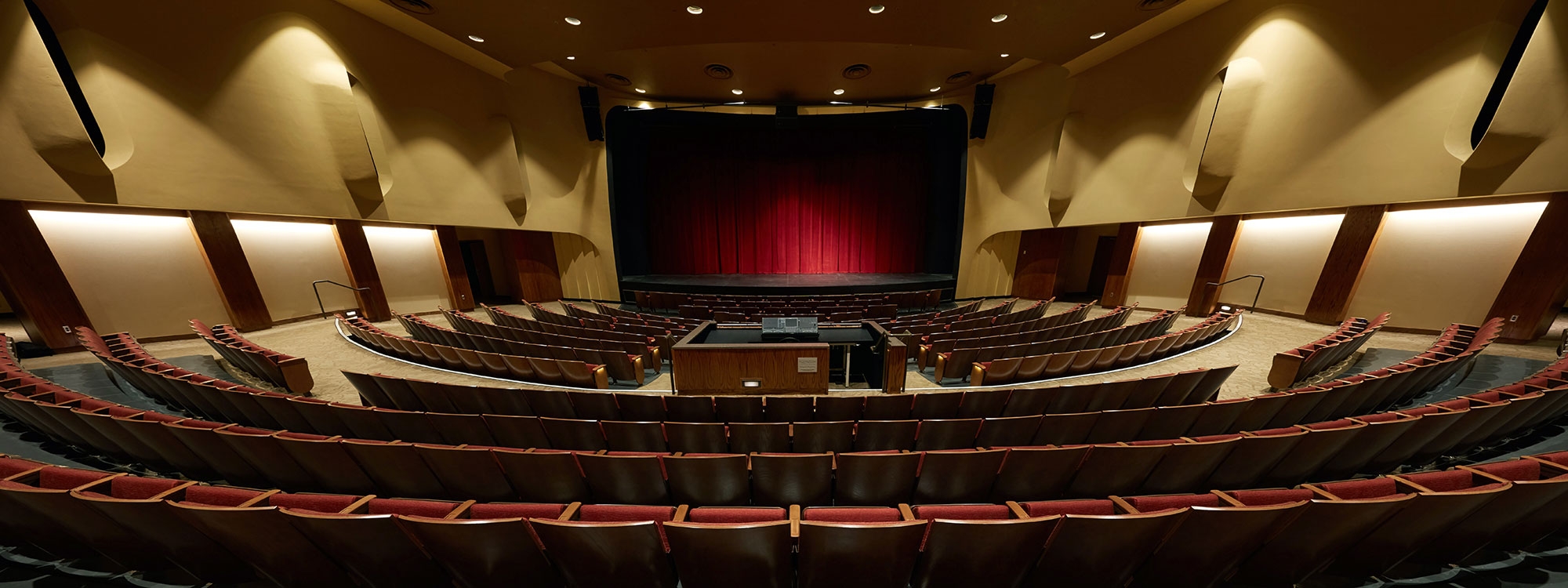
Tuberculosis and non-tuberculous mycobacterial infections are notoriously difficult to treat, requiring long courses of intensive multi-drug therapies associated with adverse side effects. The biology of mycobacteria is dominated by a complex cell envelope of unique composition and structure and of exceptionally low permeability. This cell envelope is the basis of many of the pathogenic features of mycobacteria and the site of susceptibility and resistance to many antibiotics and host defense mechanisms. This mini symposium is focused on the transporters that assemble and functionalize this complex structure. It highlights both the progress and the limits of our understanding of how (lipo) polysaccharides, (glyco)lipids, and other bacterial secretion products are translocated across the different layers of the cell envelope to their final extra- cytoplasmic location.
Facilitator
Dr. Helen Zgurskaya
Date & Time
February 5 // 9:00 a.m. - 11:40 a.m.
Location
Stephenson Life Science Research Center Room 3410/3430-Astellas Room

| Time | Program | Speaker |
|---|---|---|
| 9:00 am | Introductions | Dr. Helen Zgurskaya |
| 9:10 am | The Mycobacterial Cell Envelope: Therapeutic Target and Role in Pathogenicity | Dr. Mary Jackson |
| 10:00 am | Structure of MmpL5 | Dr. Edward Yu |
| 10:50 am | Chemical Probes to Study the Mycobacterial Envelope: Development and Uses | Benjamin M. Swarts |
| 11:30 am | Discussions & Questions |

Dr. Mary Jackson currently is a Professor of Bacteriology in the Department of Microbiology, Immunology, and Pathology at Colorado State U. She earned a Bioengineering degree and an MSc. degree from the National School of Agronomy, Rennes, France in 1994, and a Ph.D. degree in Biochemistry, and Cellular and Molecular Biology from the Pasteur Institute, Paris, France, in 1998. After postdoctoral training at CSU under Prof. Patrick .J Brennan, she returned to the Pasteur Institute where she worked as a Research Scientist in the Mycobacterial Genetics Unit. In 2007, she moved back to CSU as an assistant professor, where she has been leading her research program on critical aspects of the physiology of mycobacterial pathogens with the goal of informing novel therapeutic strategies. Dr. Jackson has published over 200 peer- reviewed scientific articles and serves on numerous grant review panels for Federal, private, and non-profit funding agencies globally.
The main research focus of the Yu lab is to determine the structure, assembly and substrate transport mechanisms of the resistance-nodulation-cell division (RND)- superfamily of efflux pumps. The Yu lab uses X-ray crystallography/cryo-electron microscopy and other biophysical/biochemical techniques to solve the structures of
these efflux pumps, both alone and in conjunction with various inhibitory compounds. Recent examples of inner membrane pump structures solved in the Yu lab include HpnN from B. multivorans, MtrD from N. gonorrhoede and MmpL3 and MmpLs from Mycobaterium smegmatis. This structural information, combined with molecular docking studies, provides the foundation for the identification and development of new, potent molecules to help treat bacterial infections that are cannot be cured with the currently available antibiotics.
Benjamin M. Swarts grew up in Danville, Ohio, USA. He completed a B.A. in Chemistry from the College of Wooster in 2004 and a Ph.D. in Chemistry from Wayne State University in 2010 with Prof. Zhongwu Guo, studying the synthesis of glycosy|phosphatidylinositol anchors. After a postdoctoral fellowship focused on the study of mycobacterial glycolipids with Prof. Carolyn Bertozzi a t the University of California, Berkeley, in 2013, he joined the faculty a t Central Michigan University. His research focuses on the synthesis of bacterial carbohydrates and the development of probes and inhibitors to investigate bacterial cell envelope components, with a focus on the mycobacterial outer membrane. He has received the International Carbohydrate Organization Young Researcher Award, the Cottrell College Science Award, the Henry Dreyfus Teacher-Scholar Award, the NSF CAREER Award, and the Mid-American Conference Outstanding Faculty Awara.
